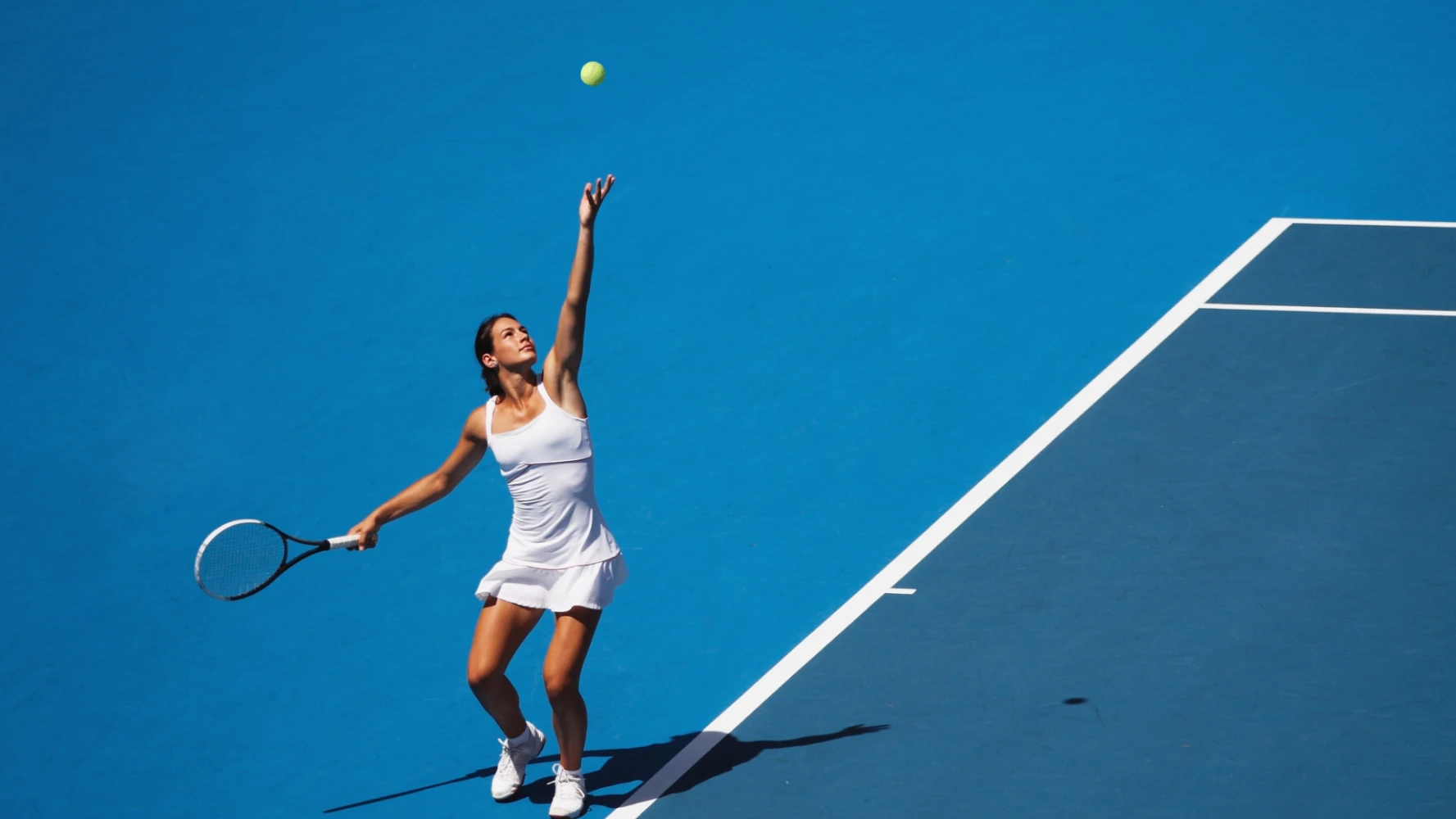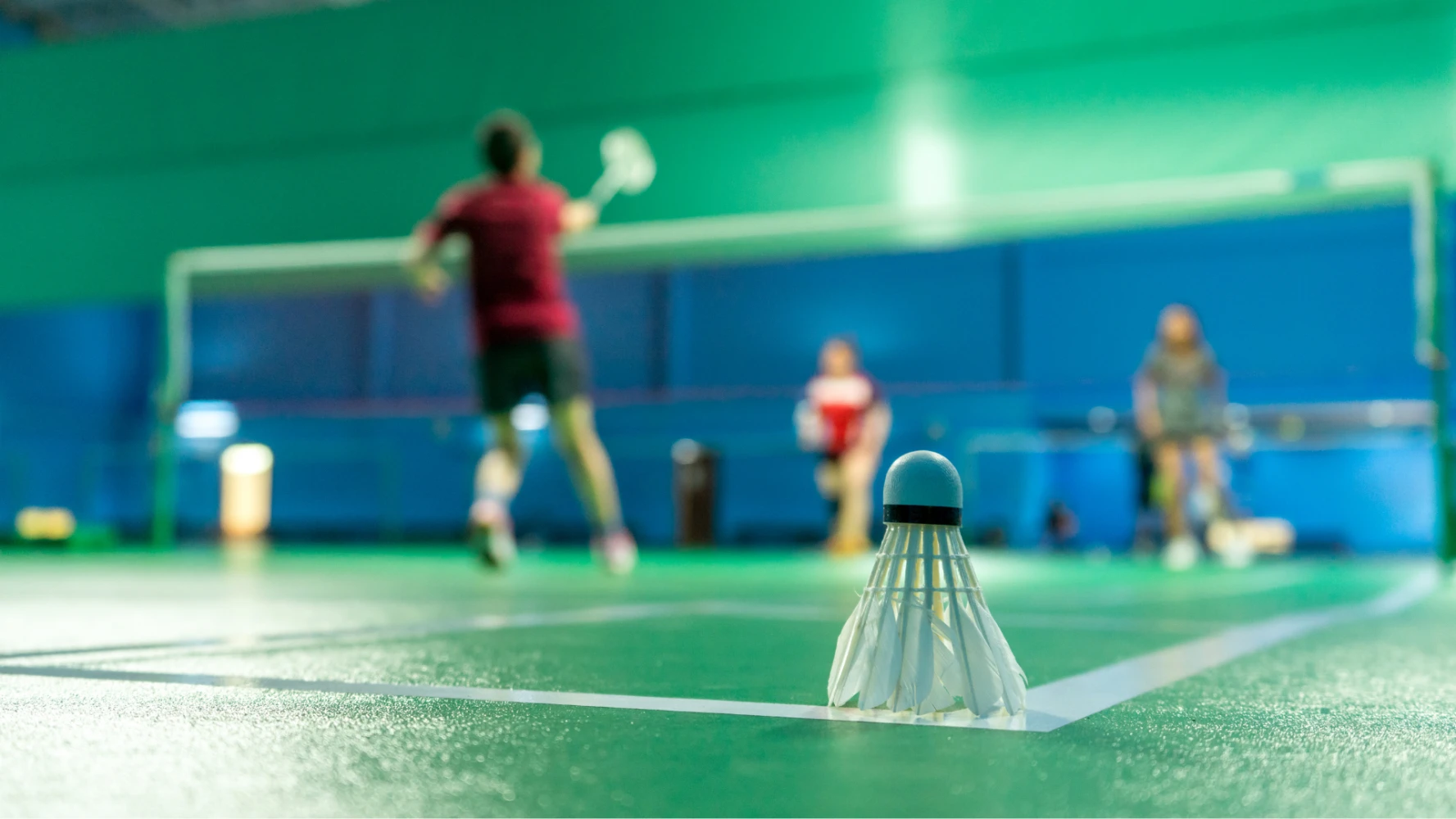The "Kitchen" (or Non-Volley Zone) is the most unique element of pickleball. It is both the place where the point is won and the line you must never cross in the air. Understanding and mastering this zone is key to transitioning from a beginner to a tactical player. Here is a complete guide to dominating net rallies.
What is the "Kitchen" and Its Vital Rule?
The "Kitchen" is the area defined by the net tape and the non-volley lines, extending 7 feet (approximately 2.13 meters) on each side of the net.
Its purpose is to prevent players from sticking to the net to smash every ball received, which would force exchanges to be only vertical and quick.
The "Kitchen" Rule
You are not allowed to hit the ball on the volley (before it bounces) if your feet, or any extension of yours (racket, clothing), are inside the "Kitchen."
You can enter the "Kitchen" if the ball has first bounced in that zone (to play the ball after the bounce).
After hitting the ball on the volley outside the zone, if your momentum causes you to fall or step into the "Kitchen," it is a fault.
This rule forces players to position themselves back (at least 7 feet from the net) to hit a volley, making the shots more difficult and encouraging a game of finesse.
The "Dink": The Weapon of Controlled Drop Shot
The "Dink" is the shot most used to dominate the Non-Volley Zone. It is a soft shot, hit with an upward motion, and intended to land just over the net, in the opponent's "Kitchen."
Objective of the "Dink"
The goal is not to win the point directly, but to force the opponent to hit upwards. If the ball lands in the opponent's "Kitchen," the opponent must hit it after a bounce, and the only way to get it back is to play it softly and high (another "Dink"), or to attempt a risky aggressive shot.
"Dink" Execution Technique
The Grip: Use a Continental grip (hammer grip) or slightly toward the forehand. The wrist must be firm.
The Motion: Use a short, soft, and upward movement, almost like a putting stroke. The action comes from the elbow and shoulder, not the wrist.
The Aim: Aim for the opponent's "Kitchen," ideally at the feet of the less comfortable opponent or in the space between the two players to create confusion.
The Posture: Stay low on your legs. The power comes from the upward push of the legs to lift the ball.
Strategy: How to Win the Net Rally
"Dink" rallies can last a long time. Victory comes from patience and changing the pace.
Getting to the Non-Volley Line (NVL)
The primary goal is to move up and anchor yourself at the NVL (Non-Volley Line, the "Kitchen" line).
The best way to move up is after a good serve and an excellent "Third Shot Drop" (third shot played softly into the "Kitchen" to force the opponent onto the defensive).
Never move up in a panic. Move up as a team, side by side, to cover the court.
Forcing Errors and High Attacks
Once both teams are at the NVL and exchanging "Dinks," look to break the rhythm:
Change Direction: Alternate long "Dinks" toward the back of the "Kitchen" with short "Dinks" just behind the net.
Change Speed: If the opponent sends you a high "Dink," it's your chance to hit a "Speed-up" (a fast volley) to surprise them and force a reaction.
Wait for the "Pop-up": The goal is to wait for the opponent to hit the ball too high ("pop-up"). As soon as the ball rises, end the rally with a smash or a powerful volley.
Conclusion
Pickleball is not just a hitting game; it is a chess game at the net. The "Kitchen" and the "Dink" are the rules and tools that reward control and patience. By mastering the art of the "Dink" and positioning yourself firmly at the Non-Volley Line, you will transform your game and become a formidable opponent in doubles.




Comments